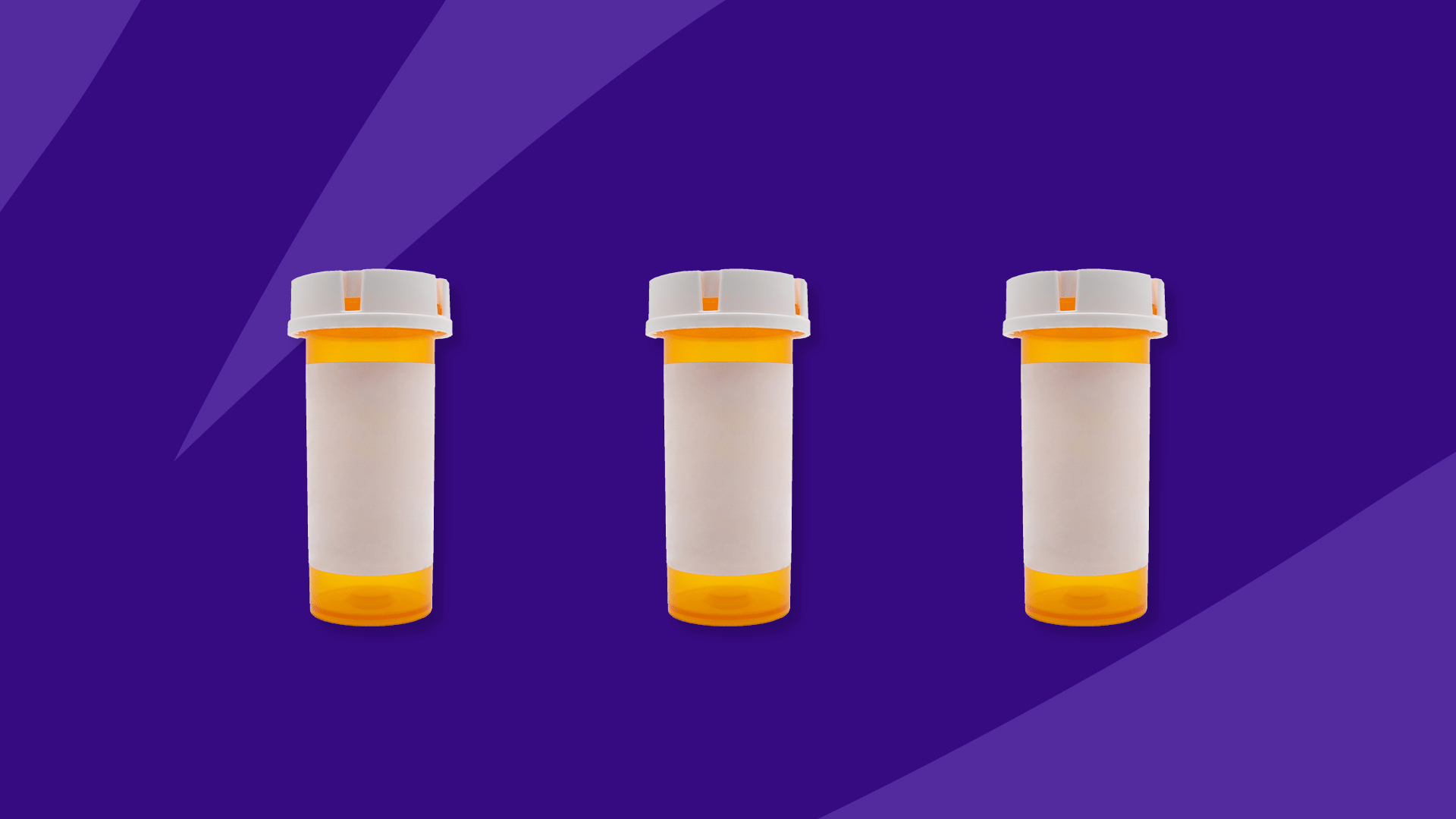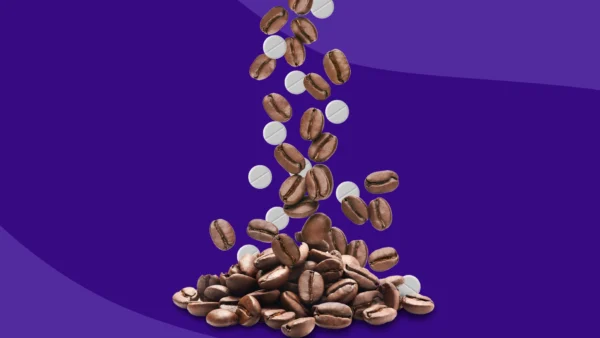Top gabapentin alternatives | Comparison | Cymbalta | Elavil | Klonopin Lidoderm | Lyrica | Natural alternatives | How to switch meds
Medical conditions such as seizures and neuropathic pain from viral infections (i.e. herpes) may be managed with the anticonvulsant gabapentin. Gabapentin is an anti-epileptic drug whose brand names include Gralise, Horizant, and Neurontin. Gralise is approved by the United States Food and Drug Administration (FDA) for nerve pain only, not for the treatment of epilepsy; whereas Horizant is only for nerve pain and restless leg syndrome. Neurontin is approved by the FDA for seizures in patients as young as three in addition to nerve pain.
Gabapentin also has an off-label use for diabetic neuropathy, fibromyalgia, bipolar disorder, postmenopausal hot flashes, essential tremors, anxiety, idiopathic neuropathy pain, mood disorders, irritable bowel syndrome, alcohol withdrawal, nausea and vomiting, migraines, headaches, interstitial cystitis, itching, insomnia, post-traumatic stress disorder, and chronic cough. Gabapentin does not bind to gamma amino butyric acid (GABA) receptors although this was its initial planned design. Currently, its mechanism of action for analgesic and anticonvulsant effects is unknown.
Alternatives to opioid painkillers are regularly being sought out due to potential opioid addiction and other serious adverse effects. Gabapentin is a popular pain medication alternative for chronic pain management, and it is not a controlled substance. Unfortunately, there are some serious adverse effects associated with the use of gabapentin which may include suicidal thoughts, depression, and breathing problems. Your complete medical history should be reviewed with your healthcare specialist to help avoid any of these serious side effects. If there is a concern or a history of unwanted side effects while using gabapentin, the decision may be made to choose an alternative.
What can I take in place of gabapentin?
If gabapentin is not helping with your healthcare needs or is causing adverse reactions with its use, there are several alternative prescription drugs that can be used in its place. These medications may have fewer side effects and may provide more desirable results for the treatment of seizures and neuropathic types of pain. Other options are listed in the table below:
Compare gabapentin alternatives |
||||
|---|---|---|---|---|
| Drug name | Uses | Side effects | Dosage | Coupons |
| Gabapentin (Gralise, Horizant, Neurontin) | Partial seizures, post-herpetic neuralgia, restless leg syndrome | Depression, suicide, dry mouth, dizziness, nausea, vomiting, diarrhea, back pain, shortness of breath | 300-1200 mg three times a day | Get gabapentin coupons |
| Carbatrol (carbamazepine) | Seizure, nerve pain | Suicide, arrhythmia, vomiting, nausea, dizziness | 200-600 mg twice a day | Get Carbatrol coupons |
| Cymbalta (duloxetine) | Fibromyalgia, depression, anxiety, neuropathic pain, musculoskeletal pain | Suicide, depression, seizures, headache, nausea, fatigue, weight loss | 60 mg daily | Get Cymbalta coupons |
| Depakote (valproate) | Seizures, bipolar disorder, migraines | Suicide, hallucinations, vomiting, diarrhea, dizziness | 30-60 mg/kg/day divided two to three times daily
(seizure management) |
Get Depakote coupons |
| Dilantin (phenytoin) | Seizures | Suicide, nausea, vomiting, dizziness, constipation, headache | 300-400 mg divided two or three times daily | Get Dilantin coupons |
| Elavil (amitriptyline) | Depression, neuropathic pain, fibromyalgia, post-herpetic neuralgia, migraines | Seizures, suicide,
drowsiness, nausea, vomiting, constipation, dizziness |
25-150 mg every night at bedtime | Get Elavil coupons |
| Epitol (carbamazepine) | Seizures, nerve pain | Suicide, liver damage, dizziness, nausea, vomiting, constipation, blurred vision | Seizure: 800-1200 mg divided two to four times a day
Nerve pain: 200-400 mg two times a day |
Get Epitol coupons |
| Keppra, Keppra XR (levetiracetam) | Seizures | Suicide, depression, headache, vomiting, fatigue, dizziness, nausea | 500 mg twice a day | Get Keppra coupons |
| Klonopin (clonazepam) | Seizures, panic disorder | Shortness of breath, suicide, dizziness, fatigue, constipation | 0.5-5 mg three times a day (seizure management) | Get Klonopin coupons |
| Lamictal (lamotrigine) | Bipolar, seizures, migraines | Suicide, depression, headache, nausea, vomiting | 100-400 mg daily | Get Lamictal coupons |
| Lidoderm (lidocaine topical patch) | post-herpetic neuralgia | Seizures, coma, application site redness, swelling, and pain | Up to 3, 5% patch no more than 12 hours a day | Get Lidoderm coupons |
| Lyrica (pregabalin) | Neuropathic pain, nerve pain, seizures, fibromyalgia | Suicide, shortness of breath, seizures, withdrawal symptoms, weight gain, nausea, headache | 50-225 mg two to three times daily | Get Lyrica coupons |
| Tegretol , Tegretol XR (carbamazepine) | Seizure, nerve pain | Suicide, withdrawal symptoms, dizziness, drowsiness, nausea, vomiting, constipation, blurred vision | 200-1200 mg divided two to four times a day | Get Tegretol coupons |
| Topamax (topiramat) | Seizures, migraines | Suicide, dizziness, weight loss, nausea, fever, fatigue | 100-200 mg twice a day | Get Topamax coupons |
| Trileptal (oxcarbazepine) | Seizures, neuralgia, bipolar disorder | Dizziness, headache, nausea, vomiting, fatigue, diarrhea | 600-1200 mg twice a day | Get Trileptal coupons |
| valproic acid | Seizures | Suicide, bleeding, headache, nausea, vomiting, dizziness | 30-60 mg/kg/day divided two to three times | Get valproic acid coupons |
Other alternatives to gabapentin
- Aptiom (eslicarbazepine acetate)
- Aspercreme Lidocaine Foot Pain Cream (lidocaine topical cream)
- Aspercreme Lidocaine No Mess (lidocaine topical solution)
- Aspercreme Lidocaine Pain Relieving Cream (lidocaine topical cream)
- Aspercreme Lidocaine Patch (lidocaine topical patch)
- Capzasin Quick Relief Gel (capsaicin/menthol topical)
- Capzasin-HP (capsaicin topical)
- Drizalma Sprinkle (duloxetine)
- Elepsia XR (levetiracetam)
- Equetro (carbamazepine)
- Fycompa (perampanel)
- Ibuprofen
- Icy Hot Max Lidocaine Cream (lidocaine/menthol topical)
- Icy Hot Max Lidocaine No Mess (lidocaine/menthol topical)
- Icy Hot Max Lidocaine Patch (lidocaine/menthol topical)
- Mexiletine
- Onpattro (patisiran)
- Phenytek (phenytoin)
- Qutenza (capsaicin topical)
- Salonpas Hot (capsaicin topical)
- Salonpas Lidocaine Pain Relieving Gel Patch (lidocaine topical patch)
- Salonpas Lidocaine Plus (benzyl alcohol/lidocaine topical)
- Salonpas Lidocaine Pain Relieving Gel Patch Hot (capsaicin/menthol topical)
- Spritam (levetiracetam)
- Tegsedi (inotersen)
- Vimpat (lacosamide)
- WellPatch Warming Pain Relief (capsaicin topical)
- Zonegran (zonisamide)
- ZTlido (lidocaine topical patch)
Top 5 gabapentin alternatives
1. Cymbalta
Cymbalta is a selective serotonin and norepinephrine reuptake inhibitor antidepressant (SNRI). It is approved for the management of depression, anxiety, neuropathic pain, fibromyalgia, and musculoskeletal pain. Similar to gabapentin, prescribing Cymbalta for neuropathic pain may result in some serious side effects. Examples include depression, suicide, and seizures if this medication is discontinued too abruptly. The standard dose for Cymbalta is 60 mg daily with the maximum dosage being 120 mg daily.
2. Elavil
Elavil is a tricyclic antidepressant commonly used in place of gabapentin for various types of nerve pain. It is only FDA-approved for the treatment of depression but has an off-label use for neuropathic pain. Elavil and gabapentin have similar side effects like vomiting, nausea, and dizziness. The standard dose for Elavil for the treatment of neuropathic and post-herpetic neuralgia pain is to start with 25 mg at night before bedtime. It can be gradually increased if needed, but the maximum dosage is 150 mg daily.
3. Klonopin
Klonopin is a benzodiazepine that is approved for the treatment of seizure and panic disorders in adults and children. This controlled substance has the potential for addiction and must be monitored closely. Common side effects similar to gabapentin include drowsiness, dizziness, and depression. Klonopin’s standard dosage is 0.5 mg three times a day.The maximum dose is 20 mg per day.
4. Lidoderm
Lidoderm is a local anesthetic that blocks nerves in the body to reduce pain. It is used for the treatment of post-shingles pain similar to gabapentin. When compared to gabapentin, Lidoderm’s common side effects mostly involve various skin irritations. Typically a 5% patch will be used but no more than three patches within 12 hours.
5. Lyrica
Lyrica is a controlled substance and anticonvulsant like gabapentin. It is approved for the management of fibromyalgia and nerve pain from diabetes, post-herpetic infection, or spinal cord injury. Lyrica has similar side effects as gabapentin with some being more serious such as shortness of breath, suicidal thoughts, and depression. For neuropathic pain, it is prescribed 50 mg three times a day and can be gradually increased if needed. The initial dosage provided for spinal cord injuries includes 75 mg twice a day but can be increased to a maximum amount of 300 mg twice a day. The maximum amount of Lyrica that can be given is 600 mg daily.
Natural alternatives to gabapentin
Due to various side effects from gabapentin and other similar pharmaceuticals, many may prefer natural treatments for pain management. Although many natural remedies and supplements may appear safe, each individual is different and results may vary. Side effects can occur with these supplements just as with the use of pharmaceuticals. There may be potential drug interactions when combining natural treatments, so it is important to seek medical advice before initiating any supplements. Remember there is limited data and clinical studies when it comes to using natural alternative treatments. Some examples of natural pain relievers with similar effects to gabapentin include:
- Cayenne—there are some clinical trials that show Capsicum annuum in the herb cayenne is useful for the treatment of neuropathic pain and post-herpetic neuralgia.
- Vitamin B12—post-herpetic neuralgia and neuropathy are conditions that can be managed naturally with vitamin B12. It is believed that this supplement promotes myelination and improves the efficiency of the electrical transmission of nerves.
- Zinc—a natural trace element found in the central nervous system and is known to regulate pain.
- Exercise—there is research showing exercise-such as yoga- is beneficial against nerve pain especially related to spinal cord injuries. People who participate in yoga are shown to take less pain medication for chronic pain.
How to switch to a gabapentin alternative
If you have not been experiencing the relief you had hoped for with gabapentin, there are several natural and pharmaceutical options available to you. Before any changes are made, discussions on how to properly begin new treatments should be reviewed with your healthcare provider. The following steps should be taken first before any changes to your medications occur:
- Review all side effects currently experienced while taking gabapentin with your provider.
- Discuss the amount of pain relief not being achieved while taking the medication.
- If there are any difficulties with taking the medication during its recommended times, this should also be disclosed.
- Study other treatment options that you may be interested in so an open discussion can be had with your provider.
- Review costs associated with the alternatives to ensure they are viable financial options.
When an alternative is found for the replacement of gabapentin, it is important that gabapentin is slowly tapered off. If being used for the treatment of seizures, gabapentin cannot be abruptly stopped as it can cause increased episodes of seizures. Withdrawal symptoms have also been linked with suddenly discontinuing gabapentin. When a gradual transition plan is made with your healthcare provider, this reduces the potential of complications when stopping gabapentin. Gradual reduction of this medication is important so that the new alternative treatment can be started safely.
Related resources
- Cayenne reduces nerve pain and shingles pain, Plant Medicine Research
- Gabapentin, Epocrates
- Gabapentin, StatPearls
- Yoga clinical research review, Complementary Therapies in Clinical Practice
- Zinc alleviates pain through high-affinity binding to the NMDA receptor NR2A subunit, Nature Neuroscience











